Invasive Weeds: The
Invasive Weeds: The Threat to Our Ecosystems
Invasive weeds are plants that have been introduced to an environment where they do not naturally belong. They can quickly become established and spread, outcompeting native plants and disrupting ecosystems.
Invasive weeds are a serious threat to our environment. They can:
- Damage native habitats
- Harm wildlife
- Disrupt water supplies
- Reduce crop yields
- Increase fire risk
- Cost billions of dollars in control and management
There are many different types of invasive weeds, but some of the most common include:
- Kudzu
- Japanese knotweed
- Purple loosestrife
- Giant hogweed
- Chinese privet
- Himalayan blackberry
- Scotch broom
- Barberry
- Bittersweet
Invasive weeds can be introduced to new areas in a variety of ways, including:
- Accidental transport in soil, water, or on plants
- Intentional introduction for ornamental or agricultural purposes
- Release from cultivation
Once established, invasive weeds can be difficult to control. Some methods of control include:
- Manual removal
- Chemical control
- Biological control (using insects or other organisms to control the weed)
- Cultural control (changing the way land is managed to make it less suitable for the weed)
Invasive weeds are a serious threat to our environment, but there are things we can do to control them. By being aware of the problem and taking steps to prevent the introduction of new weeds, we can help to protect our ecosystems.
Invasive weeds are a serious problem that can have a devastating impact on our environment. If you are interested in learning more about invasive weeds, I encourage you to visit the website Home Gardening. This website provides a wealth of information about invasive weeds, including their identification, biology, and impacts. You can also find information about how to prevent the spread of invasive weeds and how to control them.
FAQ of invasive weeds
- What are invasive weeds?
- Invasive weeds are plants that are not native to a particular area and that have spread rapidly and outcompete native plants. They can have a significant negative impact on the environment, economy, and human health.
- What are some of the most common invasive weeds?
- Some of the most common invasive weeds include kudzu, cheatgrass, purple loosestrife, and garlic mustard.
- What are the negative impacts of invasive weeds?
- Invasive weeds can displace native plants, alter ecosystems, reduce biodiversity, and damage property. They can also increase the risk of wildfires, spread disease, and harm human health.
- What can be done to control invasive weeds?
- There are a number of things that can be done to control invasive weeds, including:
- Manual removal: This involves physically pulling or digging up the weeds.
- Chemical control: This involves using herbicides to kill the weeds.
- Biological control: This involves using insects or other organisms to control the weeds.
- Cultural control: This involves changing the way that land is managed to make it less favorable for the weeds.
- There are a number of things that can be done to control invasive weeds, including:
- How can I prevent invasive weeds from spreading?
- There are a number of things that you can do to prevent invasive weeds from spreading, including:
- Don't transport soil or plants from one area to another.
- Dispose of invasive weeds properly.
- Plant native plants instead of invasive plants.
- Monitor your property for invasive weeds and remove them promptly.
- There are a number of things that you can do to prevent invasive weeds from spreading, including:
Image of invasive weeds
- Giant Hogweed (Heracleum mantegazzianum)
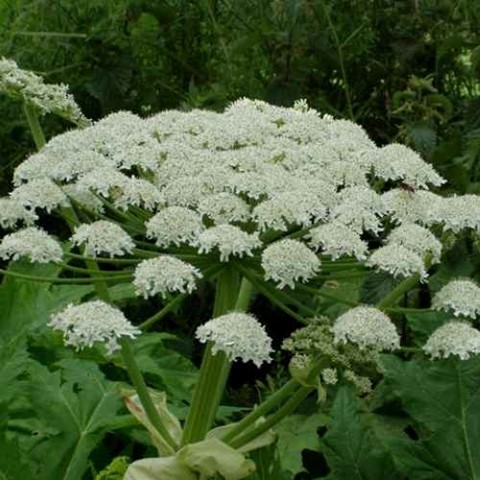
- Japanese Knotweed (Fallopia japonica)
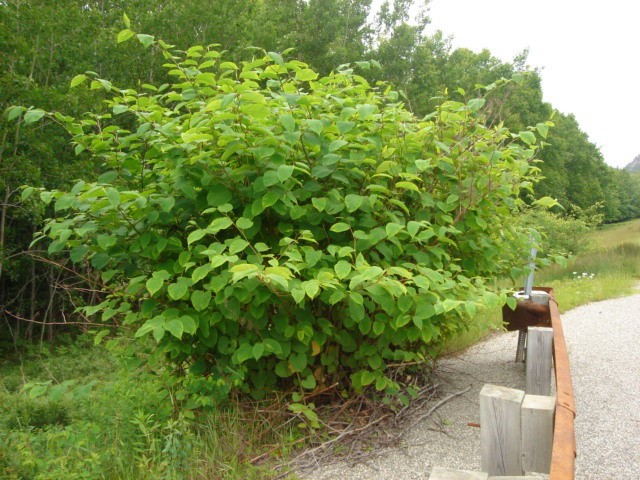
- Mugwort (Artemisia vulgaris)
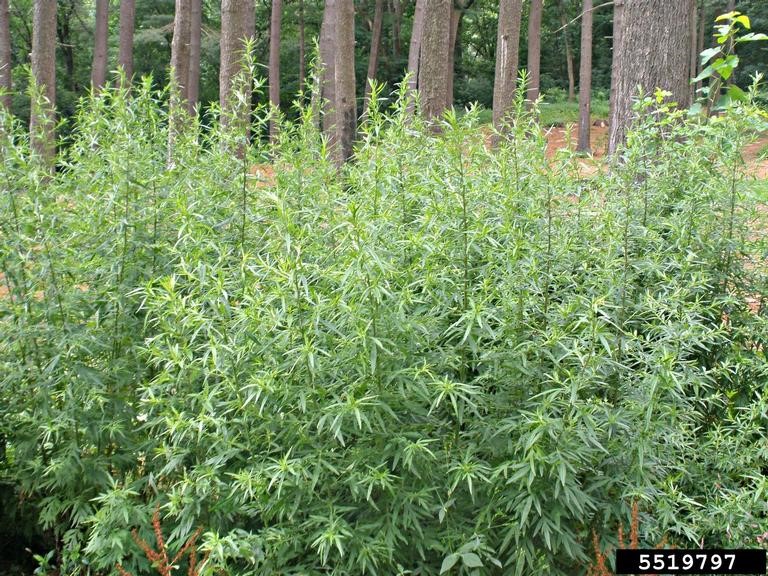
- Spotted Knapweed (Centaurea maculosa)
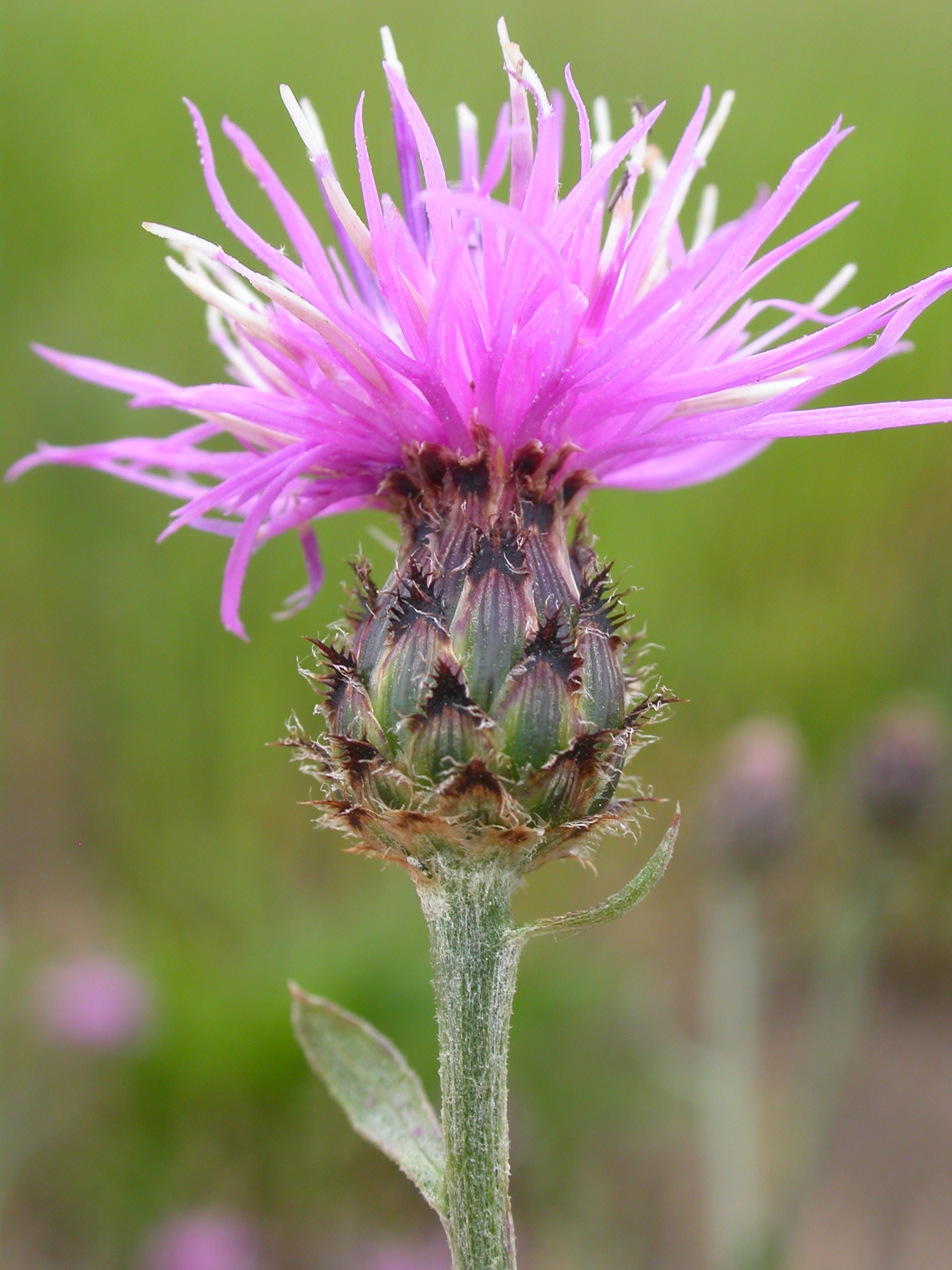
- Yellow Starthistle (Centaurea solstitialis)
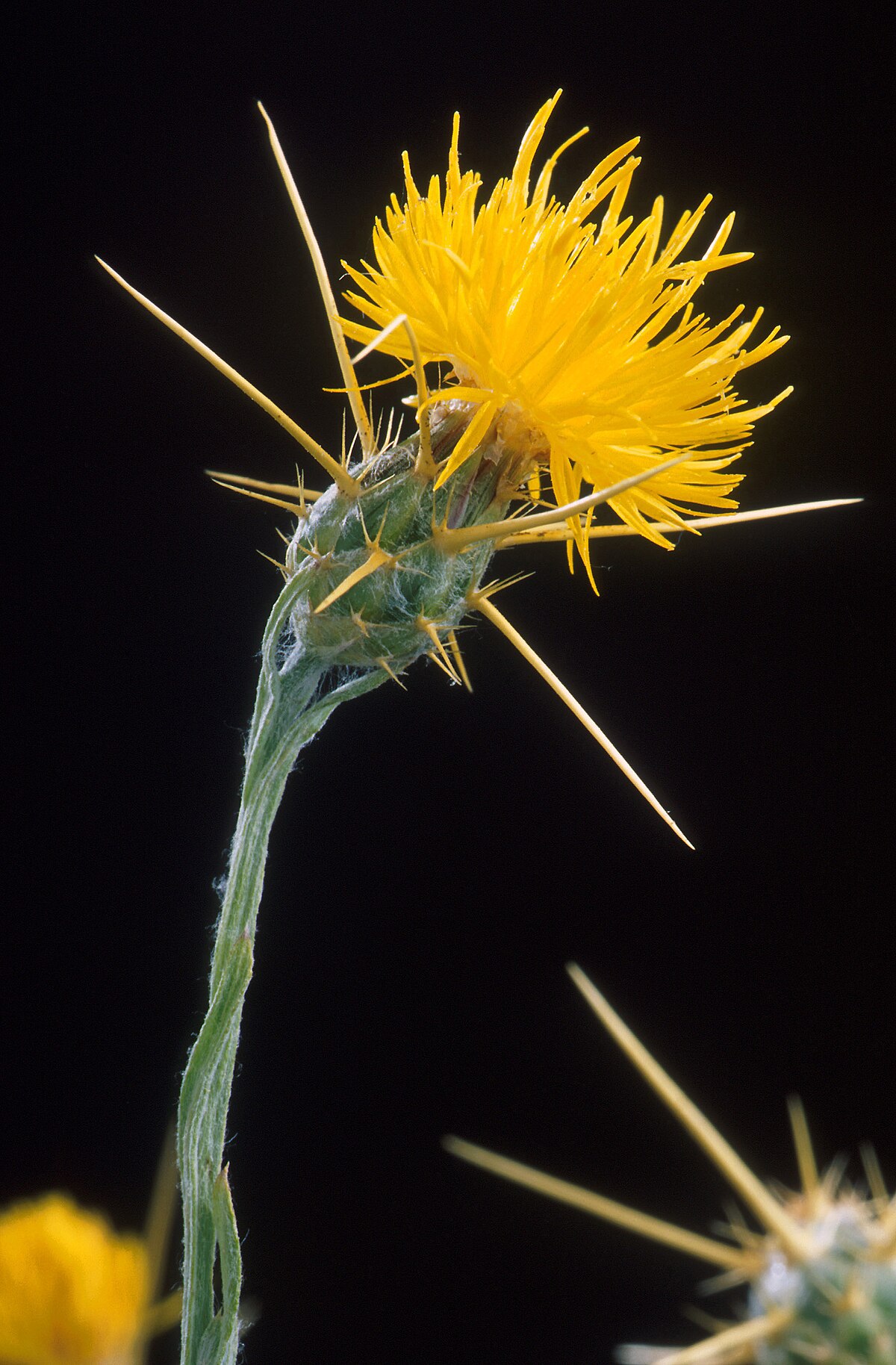
- Buttercup (Ranunculus spp.)

- Dandelion (Taraxacum officinale)
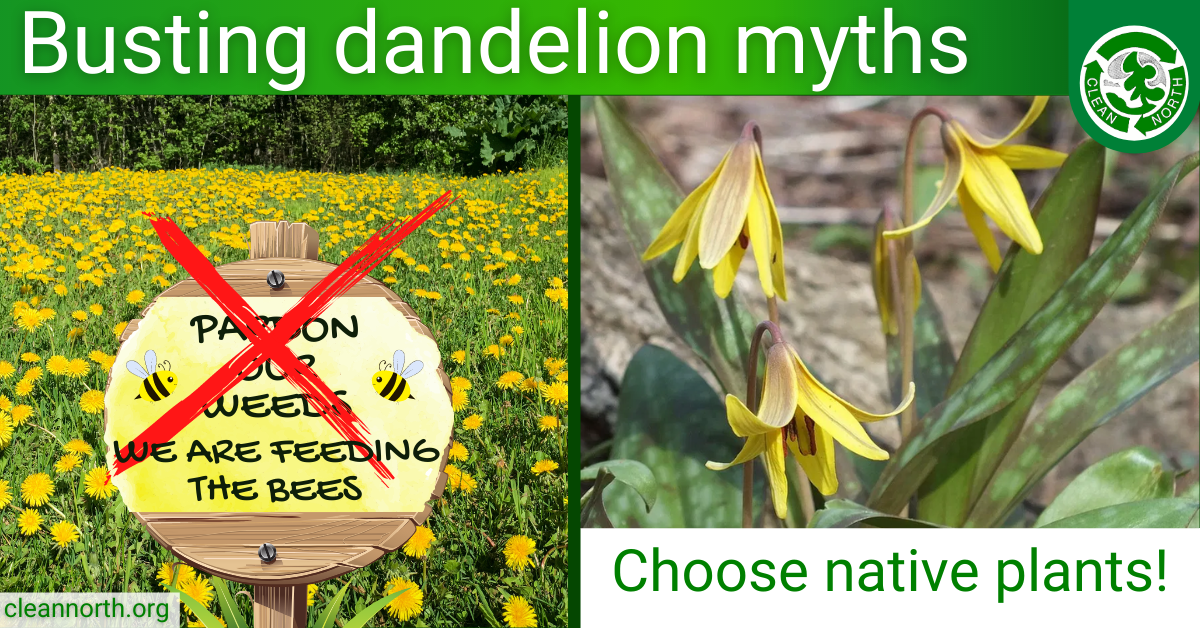
- Thistle (Cirsium spp.)
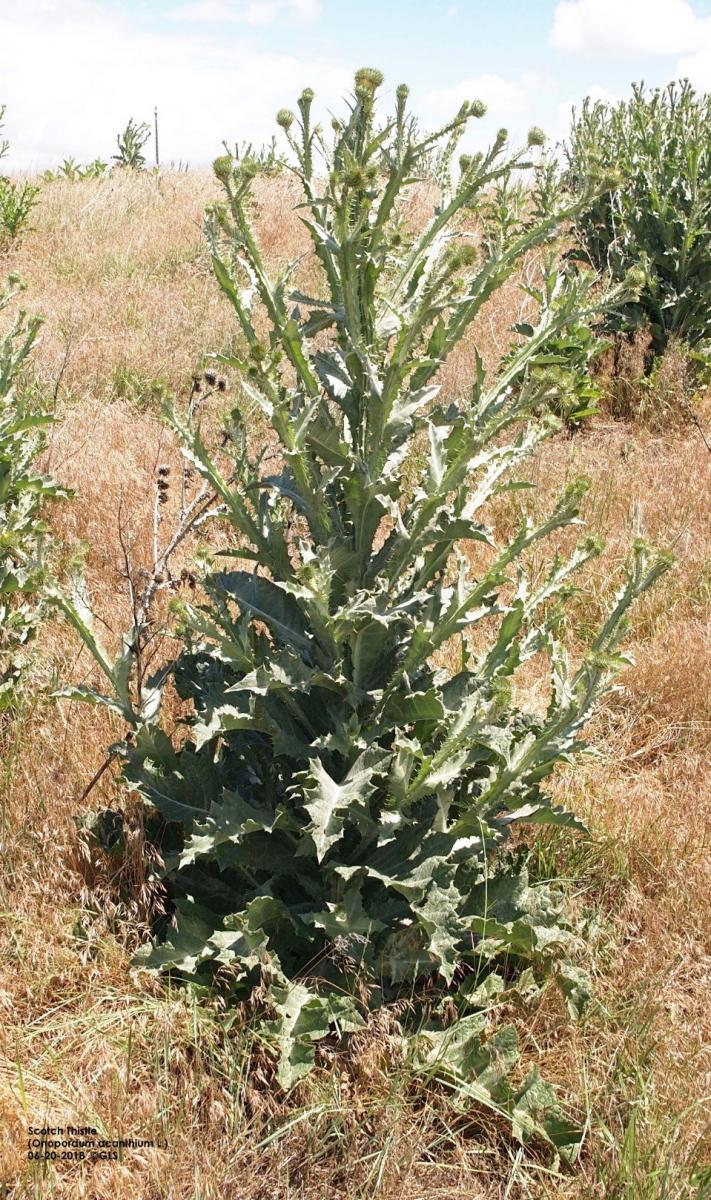
- Invasive grasses (e.g., Cheatgrass, Quackgrass)
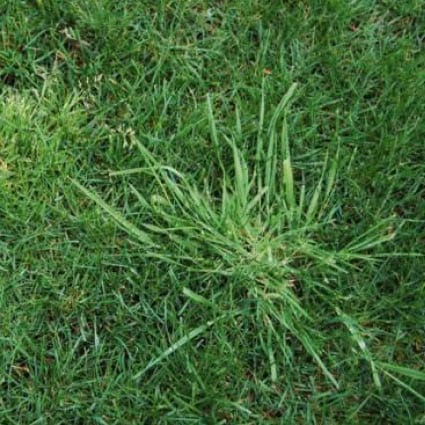
Post a Comment for "Invasive Weeds: The"